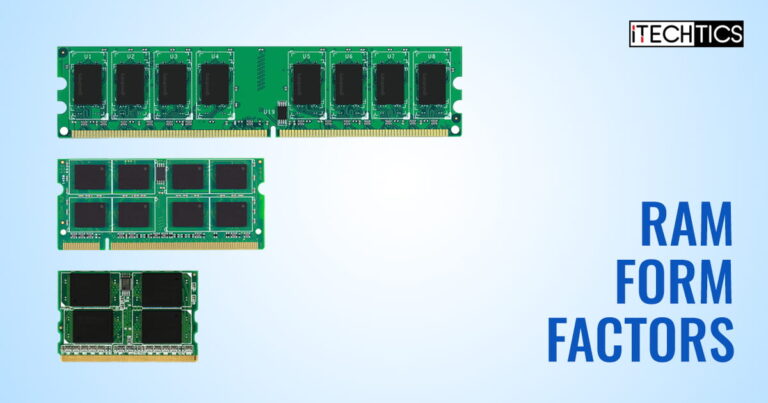If you have been in the tech industry for a while, you will know that there are different types and sizes of RAM/memory modules available. When referring to RAM sizes, we mean its physical size, and not its capacity (4 GB, 16 GB, etc.).
There’s DDR4, DDR5, and their predecessors. These are the types of memory modules that define how the particular type of module will perform in terms of throughput, power consumption, latency, etc.
Another distinction that defines the type of memory module is its size, also referred to as its “form factor.” The most common form factors are DIMM, SODIMM, and MicroDIMM.
DIMM stands for “Dual Inline Memory Module.” Since the aforementioned form factors all have the word “DIMM” in them, these are all dual inline modules.
In this article, we are going to talk about the different form factors of RAM modules and how they are distinct from one another.
Table of Contents
RAM Form Factors
DIMM
DIMMs are the memory modules you see inside desktop computers. They are relatively larger in size than the SODIMM and MicroDIMM modules. These are 133.35 mm (5.25 inches) in length.
DIMMs started out with a 100-pin configuration – the copper connectors you see toward the bottom of the modules. However, due to the advancements in technology and the different DDR types, the DIMM modules now have 288 pins in a DDR5.
SODIMM
SODIMMs are slightly smaller modules than DIMMs. These are almost half the size of DIMM modules, which are 67.6 mm (2.66 inches) in size. The width of the modules is the same. SODIMMs are designed to be used in notebooks and laptops and have fewer pins while maintaining the same functionality as DIMMs.
SODIMMs started out with 144 pins, but now have a 262-pin configuration in a DDR5 module.
MicroDIMM
MicroDIMMs have only been iterated to DDR2. These are even smaller than SODIMMs and primarily used in printers and other non-memory-invasive devices.
MicroDIMMs started out with 144 pins and now have 214 pins on the same form factor module.
DIMM VS. SODIMM VS. MicroDIMM: A Comparison
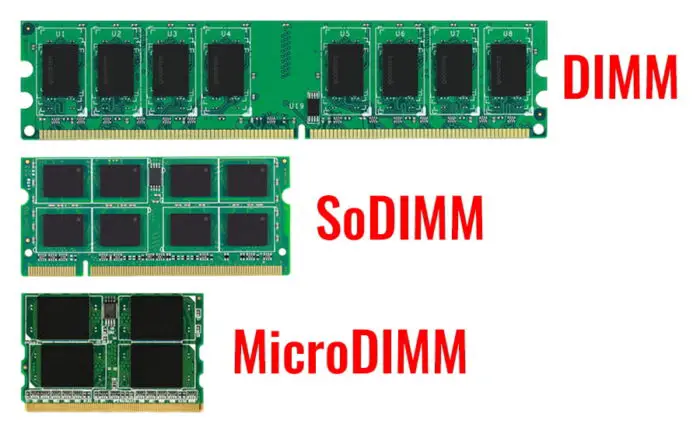
The table below summarises the three common form factors of memory modules used in tech gadgets today:
| Size (mm) | SDRAM Pins | SDR Pins | DDR Pins | DDR2 Pins | DDR3 Pins | DDR4 Pins | DDR5 Pins | |
| DIMM | 133.35 x 30 | 100 | 168 | 184 | 240 | 240 | 288 | 288 |
| SODIMM | 67.6 x 30 | – | 144 | 200 | 200 | 204 | 260 | 262 |
| MicroDIMM | 55 x 30 | – | 144 | 172 | 214 | – | – | – |
How to Check RAM Size in Windows
Apart from the distinctive size and cuts on a module, you can also determine what form factor RAM module is installed on your Windows PC without opening it up. Here is how:
-
Open the Task Manager by pressing the CTRL + Shift + Esc shortcut keys.
-
Switch to the Performance tab.
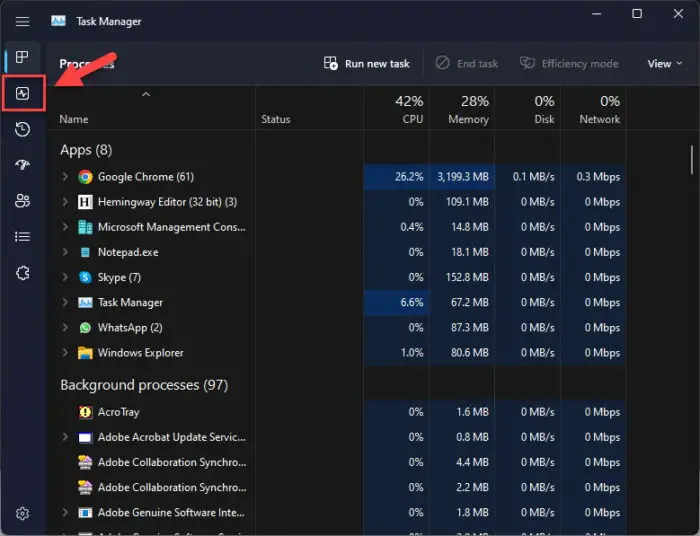
Open the Performance tab in Task Manager -
Open the Memory tab inside the Performance tab.
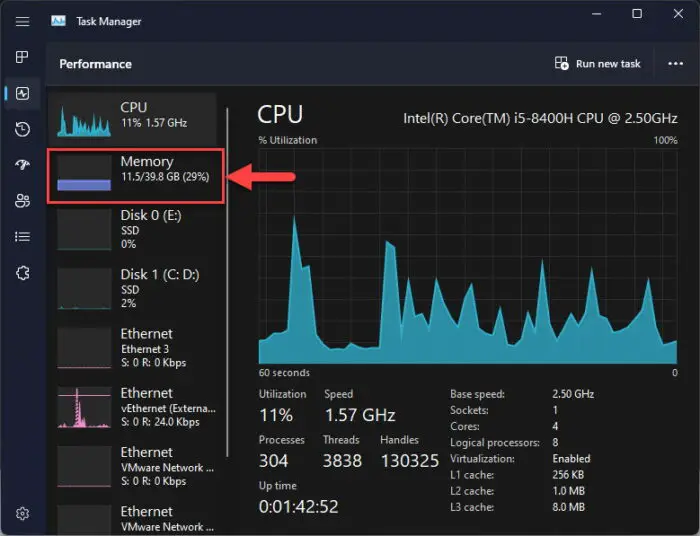
Open the Memory tab -
Look for the “Form Factor” to know your module’s size.
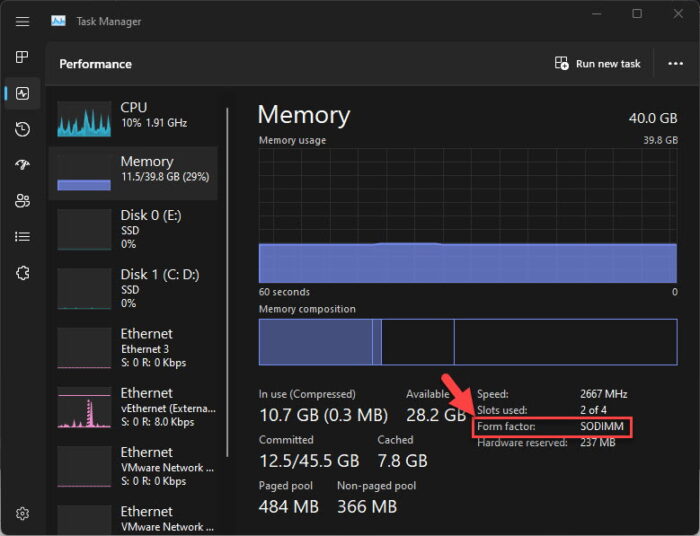
View the memory module’s form factor in Task Manager
Closing Words
The purpose of this article was to educate our audience that the specifications of a memory module do not end on its DDR type and capacity, but also its form factor. If you get the wrong form factor for your device, it will be money wasted. Hence, make informed decisions.

